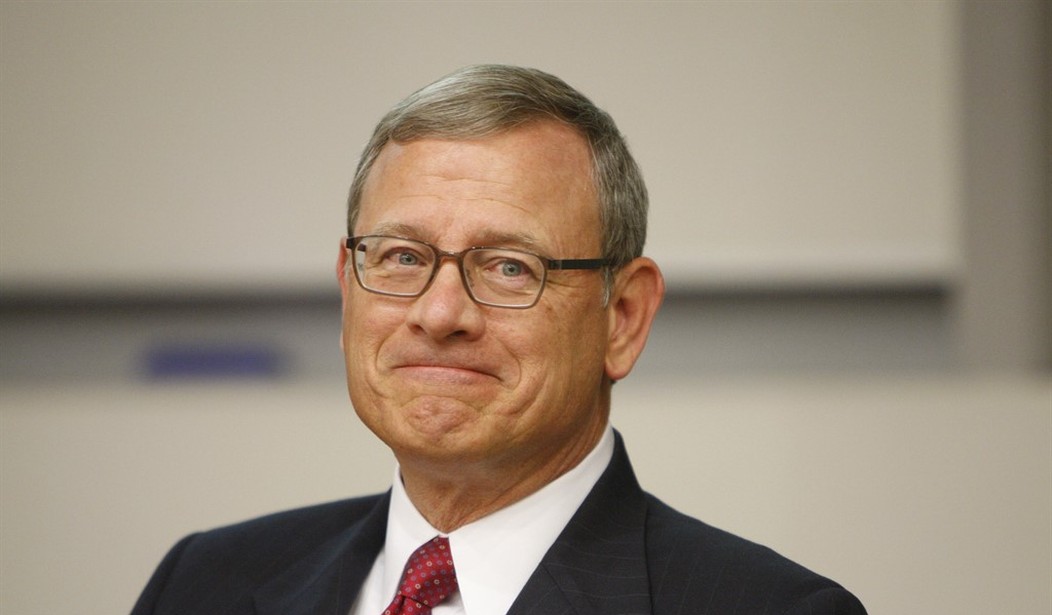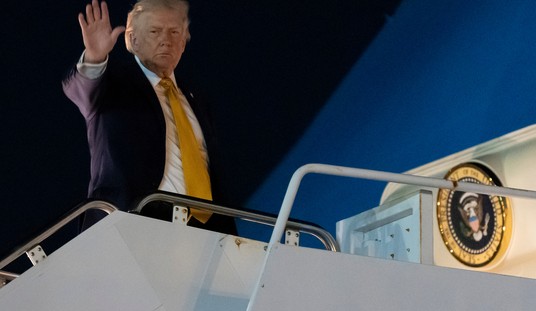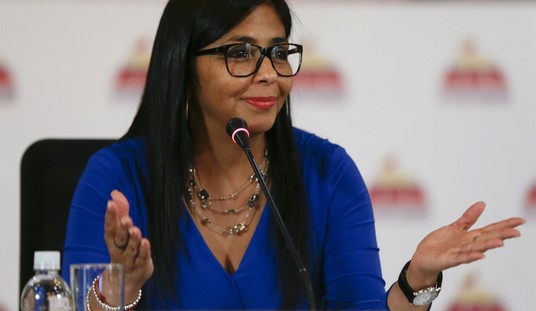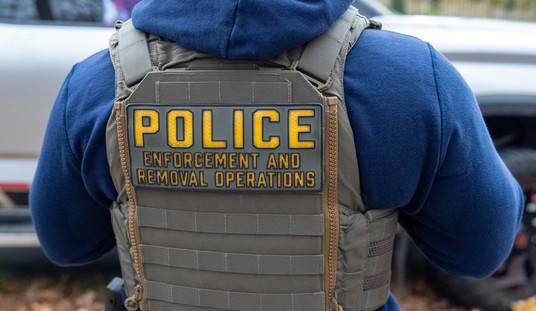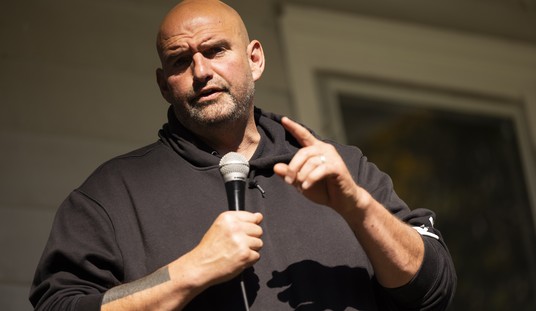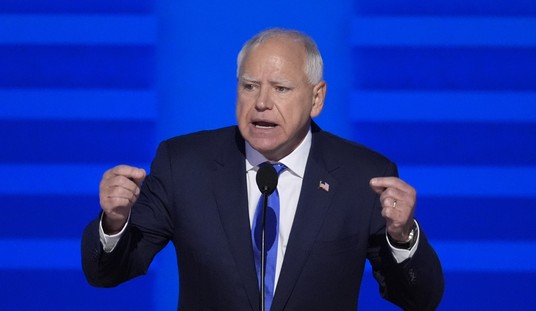Earlier this week, I wrote about the 9-0 Supreme Court decision in the case Fulton v. City of Philadelphia, holding that Philadelphia could not bar Catholic Social Services from participating in the City’s adoptions services program because Catholic Church doctrine would not allow it to sign a contract pledging to not discriminate on the basis of sexual orientation. Catholic Social Services will not recommend same-sex married couples or unmarried couples without regard to sexual orientation as adoptive parents, because church doctrine holds that marriage is a holy bond between a man and woman only.
The Court’s opinion, written by Chief Justice Roberts, was a relatively sparse 19 pages, and it was joined by only six of the nine Justices as reflecting their view on the outcome of the case. Justice Barrett joined the Chief’s opinion but wrote a concurring opinion which was joined by Justices Breyer and Kavanaugh. The view she expressed was that the outcome reflected by Chief Justice Robert’s opinion was as far as she was prepared to go in deciding the case. Going further, as advocated by Justice Alito’s concurrence, would open a “Pandora’s Box” on a host of issues from previously decided cases.
The concurring by Justice Alito, while agreeing with the outcome, was a scathing criticism of existent Court precedent, and the majority’s unwillingness to tackle the obvious problem that should be addressed by the Court’s reconsidering its prior decisions.
At the heart of the dispute is Employment Division, Department of Human Resources of Oregon v. Smith, a 1990 decision of the Court holding that state and local laws which only “incidentally burden” religion, and are “neutral and generally applicable,” are not subject to “strict scrutiny” analysis by courts.
Smith says that if the law or regulation is “neutral and generally applicable,” a court’s review is limited to whether it is rationally related to a legitimate state interest. Because it only “incidentally burdens” the free exercise of religion, the state’s interest wins out. If the law or regulation is not “neutral and generally applicable,” it does target religious practices, there must be a compelling state need that overcomes the religious free exercise rights guaranteed by the First Amendment. In nearly every case, the law or regulation is going to be invalidated under “strict scrutiny.”
Smith has created three decades of litigation over state and local laws burdening religious free exercise on the question of whether they are “neutral and generally applicable.” That has incentivized politicians hostile to religious freedom claims — especially when they run contrary to statutory (i.e., man-made) “civil rights” claimants — to craft language that can be argued to be “neutral and generally applicable,” but in reality is intended to eliminate religious free exercise practices by tying adherents up in costly and protracted litigation.
The City of Philadelphia case is the second time the Court has opted to find a technical flaw that causes the regulation to come under “strict scrutiny,” and then invalidate the regulation on that basis while avoiding the central question of whether this method of analysis is constitutionally appropriate.
The outcome of the case, as explained in the opinion authored by the Chief Justice, turned on the fact that in the City ordinance covering private agencies providing adoption services there was a provision — never used — which gave a senior city official the authority to make exceptions to the “non-discrimination” requirements of the regulation and the participation contract. Because that authority existed the ordinance itself was no longer “neutral and generally applicable.” The official could allow some groups to discriminate in the screening of adoptive parents but other groups the ability to discriminate on grounds as sought by them — such as on religious freedom grounds.
Pursuant to the Chief’s opinion, the authority to grant exceptions made the ordinance no longer “neutral and generally applicable,” and thereby subject to “strict scrutiny” analysis — which it failed by a 9-0 vote — and Philadelphia could not bar Catholic Social Services participation for a reason that burdened its free exercise of religion.
But as Justice Alito pointed out in his concurring decision — he agreed in the outcome but not the reasons — the problem will return when the City of Philadelphia eliminates the never-used exception from the ordinance, and once again bars Catholic Social Services from participating in the adoption services program because it will not agree to recommend same-sex couples as parents.
There is a line of thinking bouncing around the net that the 9-0 decision was not the original outcome of the case — based on the view that Justice Alito’s concurring opinion “reads like” a majority opinion, and the Chief’s opinion reads like a concurring opinion.
The theory is that the vote of the Court was originally 5-4 or 6-3 in favor of Catholic Social Services, and the opinion was assigned to Justice Alito with the knowledge that he would overturn Smith.
But when the Chief’s draft opinion was circulated, setting forth the very narrow basis for a ruling, Justice Breyer approached him with the suggestion that he could bring the three liberal members of the Court to join the Chief’s opinion that preserved Smith. If the Chief could convince one of the five conservatives to also join, the Chief’s opinion would become the opinion of the Court with five votes. It would look to the public like a 9-0 outcome as all the conservatives had already voted in favor of Catholic Social Services as to the merits of the case. This outcome would leave Smith in place and avoid the politically divisive issue at this point in time when there are calls to “pack the court” by Democrats and liberal social interest groups hostile to religion.
The theory goes that the Chief was able to persuade Justices Barrett and Kavanaugh to follow Justice Breyer’s idea. Justice Barrett’s concurring opinion — joined by Justices Kavanaugh and Breyer in a show of “solidarity” from both sides of the Court — comes down to the issue that if Smith is overturned, 30 years of federal court cases upholding laws and ordinances “incidentally burdening” religious practices will all be up for being re-litigated. Federal courts will be inundated with “religious freedom” challenges, with the Court divided on how new cases seeking to re-litigate settled issues should be resolved. She preferred to put off the question of what to do about Smith to another day.
But conservatives recognize that this is the front-line of the cultural battle being fought in the courts and at the ballot box. This is a clash between a fundamental right provided for by the Founders, and “civil rights” being extended by political processes to various groups who claim an entitlement to be treated in ways that don’t offend them.
I think we should call it what it is — the right to be free from conduct by others that makes me feel bad about myself. I don’t remember studying that in Con Law, but maybe I was sick that day.
Most have heard about the case of Jack Phillips, owner of the Masterpiece Cakeshop in Colorado who refused on religious liberty grounds to bake and decorate a cake for the celebration of same-sex marriage. After the Colorado Civil Rights Commission ruled against him, he took the dispute to federal court on the basis that the Civil Rights Commission action violated his First Amendment rights.
The case made it to the Supreme Court where Phillips prevailed. But the Court’s decision — written by Justice Kennedy — held that the overtly hostile and anti-religious language used by the Colorado Civil Rights Commission in ruling against Phillips showed that the state’s anti-discrimination law was being enforced against Phillips because of his religious beliefs, and was not being enforced in a way that only incidentally burdened his religious beliefs.
Now, just three days ago, the same Colorado Civil Rights Commission has again ruled against Phillips, this time after a complaint was filed against him by a transgender activist attorney who targeted him by requesting that he bake and decorate a cake celebrating the “transitioning” of the attorney from male to female just to see if he would again refuse — which he did.
It is uncertain whether Phillips will prevail this time. If the Colorado Civil Rights Commission learned its lesson from the “same-sex marriage” episode, avoids using language overtly hostile towards religious freedom, Phillips might lack the fact-specific basis he used to defend himself in the earlier case. Justice Alito called attention to this problem in his concurring opinion.
It is impossible to know if the supposition about vote-trading has any basis in fact. But this is the same kind of late-in-the-game vote switching that led to the 1992 outcome in Planned Parenthood of Southeastern Pennsylvania v. Casey, which likely saved Roe v. Wade from being overturned. The story there that has circulated in recent years is that the first vote on the case was 5-4, with “conservatives” Chief Justice Rehnquist, Justices Scalia, White, and Thomas and Kennedy, in the majority, and Justices Souter, O’Connor, Blackmun, and Stevens dissenting.
But Justices Souter and O’Connor — after the Court had voted on the outcome at its conference — convinced Justice Kennedy to join them on some “middle ground” in writing an opinion, thereby depriving the more conservative block of the fifth vote needed to overturn Roe. Instead, O’Connor, Souter, and Kennedy wrote an opinion that was joined in part and dissented in part by every one of the other six justices — but ultimately did not overturn Roe. It did create what was supposed to be more favorable legal grounds for states to regulate abortion services by doing away with the “trimester” analysis in the Roe decision.
In the same way that the cultural battle over Roe was guaranteed to continue as a result of the “wheeling-and-dealing” with votes behind the scenes in Casey, it appears that the cultural battle over religious liberty grounds will continue through “wheeling and dealing” behind the scenes over Smith. It will only end when Kavanaugh or Barrett takes a stand and decide the question at the center of the debate.

